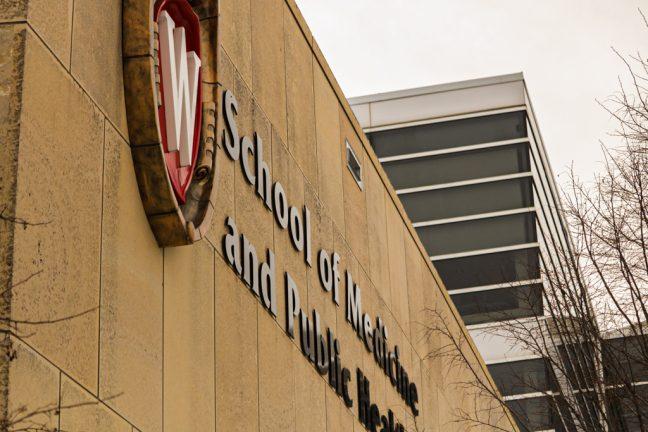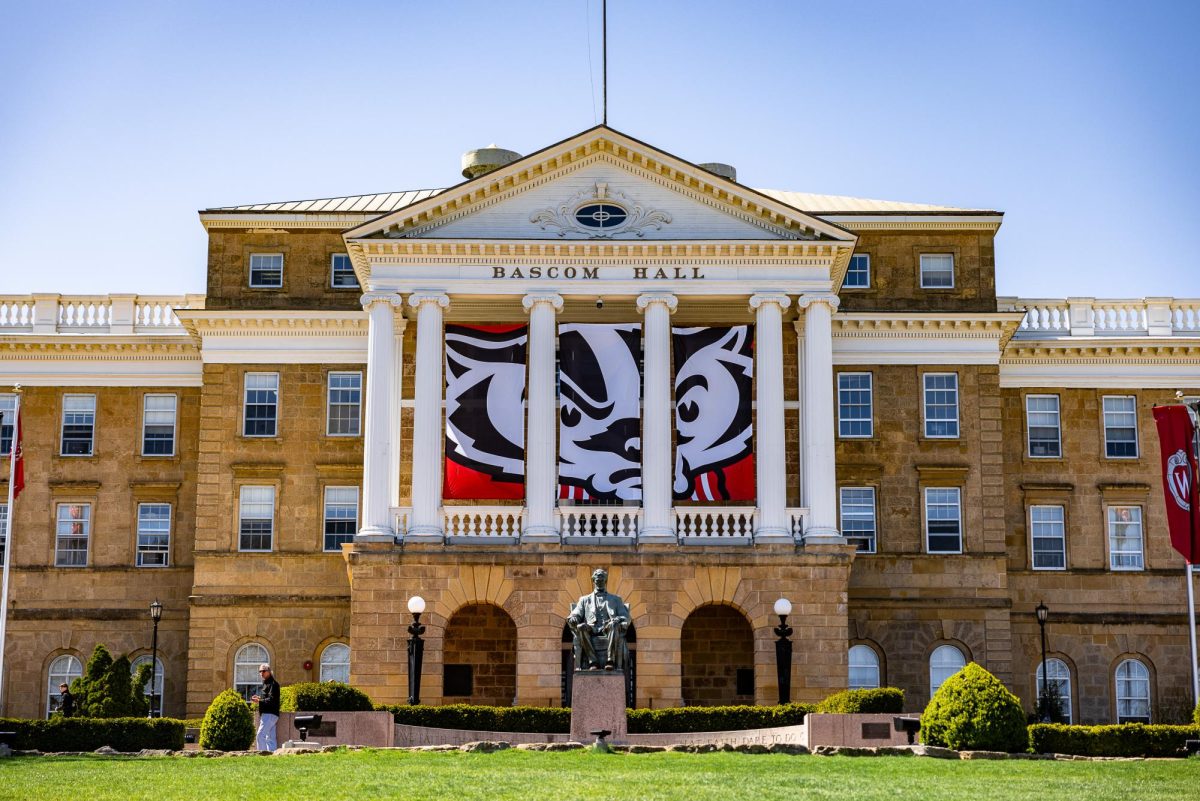The poor economy might be making college students cringe when they check out the job market, but it is helping drive down the inflation rate for universities’ costs, according to a new survey.
The inflation rate for colleges’ cost to continue running was only up 0.9 percent for the 2010 fiscal year, July 1, 2009 to June 30, 2010, compared to a 2.3 percent increase in 2009 and 5 percent in 2008, according to the Commonfund’s Higher Education Price Index report.
According to the report, the inflation rates for the “east north central part of the country,” including Wisconsin, rose by 1.6 percent, which was slightly higher than the national average of .9 percent.
The higher rate for this part of the country can be partly explained by an increase in the inflation of fringe benefits being up 4.4 percent, according to the report.
The reason for the smaller rise in the inflation rate is the low cost for supplies and materials and utility costs, according to William Jarvis, Commonfund Institute’s Head of Research and Managing Director.
Jarvis said utility costs are really affected by the outside factors such as when Hurricane Katrina hit and caused oil prices to skyrocket, causing a 27.7 percent increase in inflation for utility costs in 2006.
The costs for supplies and materials actually deflated. The costs dropped 1.3 percent because of the slow economy, Jarvis said.
“What’s fascinating about this is the forces that exist in the broader economy are playing out at the university level as well,” Jarvis said.
Jarvis said they use faculty salaries, administration salaries, clerical salaries, service employees, fringe benefits, miscellaneous services, supplies and utility costs to calculate the inflation rates.
Jarvis said two-thirds of their inflation calculations are human resources, employee’s salaries and benefits, like health care and pensions.
So, Jarvis said, the slower inflation rate was a combination of utility and supply costs dropping, and only moderate increases in salary and benefit costs.
University of Wisconsin System spokesperson David Giroux said the state Department of Administration calculates each university’s cost to continue operating by looking at fringe benefits, salaries, utility and other costs.
This cost to continue calculations take into account inflation each year, Giroux said.
He said these kinds of costs go up every year.
“It’s like owning a home, you have the same amount of bedrooms and the same amount of children, but your cost of living will go up every year,” Giroux said.
The UW system employee’s salaries actually have deflated by 3 percent because of the mandatory furloughs on all state employees, Giroux said.
Giroux said with the state facing a fiscal crisis, the UW system contributed $40 million in workers’ wages.
He added they need to make up the $40 million before their wages can go up and this is something the system is working on for the next biennial budget.
“This wage deficit is unique like this budget cycle, it is something we need to address especially when we are talking about expanding research, enrollment and buildings in campuses across the state,” Giroux said.

















